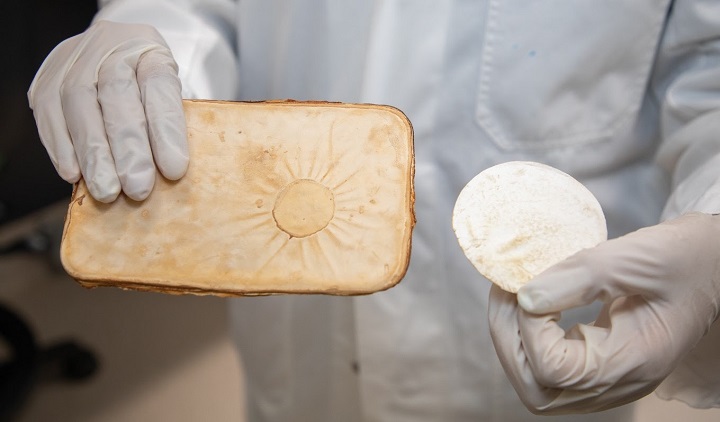A network of fungal strands that can thrive on organic waste and in darkness called mycelium could become a basis for sustainable fireproofing, Royal Melbourne Institute of Technology (RMIT) researchers found.
The researchers are chemically manipulating mycelium’s composition to harness its fire-retardant properties in a bid to create bioderived, fireproofing cladding for buildings to prevent tragedies.
“Fungi are usually found in a composite form mixed with residual feed material, but we found a way to grow pure mycelium sheets that can be layered and engineered into different uses – from flat panels for the building industry to a leather-like material for the fashion industry,” said Associate Professor Tien Huynh, from the School of Science.
“The great thing about mycelium is that it forms a thermal protective char layer when exposed to fire or radiant heat. The longer and the higher temperature at which mycelium char survives, the better its use as a fireproof material,” said Associate Professor Everson Kandare, an expert in the flammability and thermal properties of biomaterials.
Mycelium-based cladding can be produced from renewable organic waste and is not harmful to the environment when burned, Kandare continued, adding that bioderived mycelium produces naturally occurring water and carbon dioxide.
The problem is that fungi is slow to grow and relatively harder to produce at scale, according to Huynh.
However, this issue can be addressed by collaborating with the mushroom industry and using fungal-incorporated waste products, she added.



